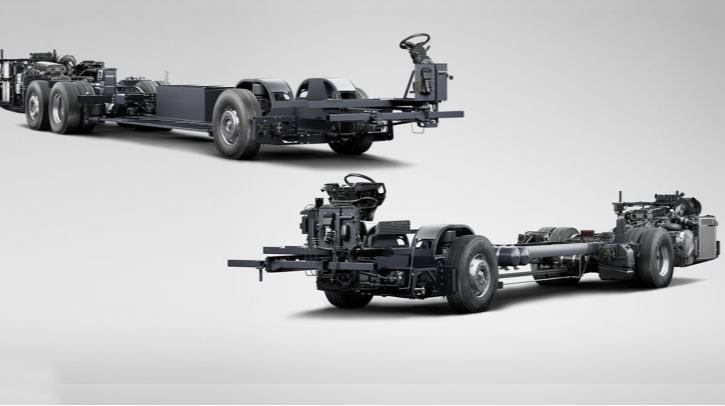Scania has released its latest powertrain platform, based on the Super truck engine, which comes in internal combustion and plug-in hybrid configurations for buses and coaches.
Scania said the launch is a response to carbon emission regulations and varying local sustainability laws that create uncertainty for bus and coach operators.
The Super combustion powertrain is said to be Scania’s most efficient, cost-effective and long-lasting solution yet. The plug-in hybrid electric (PHEV) variant offers an alternative for customers looking for cost and carbon emission reductions.
Scania Super
The Scania Super combustion powertrain offers fuel savings of up to 8% compared with the equivalent current powertrain. This reduces the total cost of operation while also cutting CO2 emissions. A new aftertreatment system reduces harmful emissions even further.
These cost and carbon savings are enabled by Scania’s latest 13-liter engine, designed to last for 2,000,000km, and a next-gen Scania Opticruise gearbox. The powertrain is also prepared for the Euro 7 emissions legislation.
Uptime is also boosted because all engine filters are positioned on the cold, non-turbo side of the engine, which enables better service access and faster filter replacements.
Scania has also fitted the powertrain with auxiliary brakes to enable safer vehicle handling. The company’s suite of driver safety systems adds to the safety performance.
The plug-in hybrid
The PHEV is designed to meet the demands of long-distance operations, enabling zero-emission zone compliance and drastically lowering fuel consumption and emissions.
Featuring an integrated e-machine and 6-speed powershift gearbox, the PHEV can run in four modes: electric, hybrid, charge sustain and forced charging. The electric range is up to 80km on a single charge, and the electric power output is 290kW.
To facilitate the transition to and from electric mode, operators can choose to use Scania Zone geofencing technology to automate the process. If the vehicle is used in zero-emission areas, this can be pre-programmed into Scania Zone, meaning the vehicle can automatically switch to electric power.
Together, the different drive modes enable efficient long-distance travel, with fuel and emission savings of up to 40% in typical mixed coach traffic.
“Our new combustion and plug-in hybrid powertrains are shining examples of Scania’s twin commitment to sustainability and profitability for bus and coach customers,” said Carl-Johan Lööf, head of product management for people transportation solutions at Scania.
He continued, “With these new powertrains, we will be able to provide long-distance bus and coach operators with incredibly competitive solutions, regardless of their specific needs or which particular challenges they face, meeting both their current and future business needs.”
In related news, ZF releases next-generation 8HP Evo automatic transmission for HEV and PHEV vehicles


